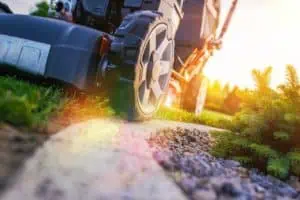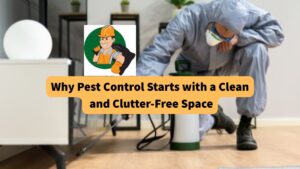The Decluttering Rule of 5 advises assessing items not used in five years to decide whether to keep, donate, or discard. Organize closets by usage, manage sentimental items thoughtfully, and maintain habits like ‘one-in, one-out’ to simplify and enhance daily living efficiently.
Interested in learning more about what the rule of 5 in decluttering? Read our guide below.
Understanding the Rule of 5
The Decluttering Rule of 5 is a focused approach that simplifies the decision-making process when clearing out unused and unwanted items. It lets you evaluate whether you’ve used an item within the last five years. If not, it’s likely you won’t need it going forward.
Identifying Items Not Used in Five Years
Start by targeting categories of items that are often overlooked yet seldom used. Once items are identified, sort them into four categories:
- Keep: These are the items that are still functional and hold sentimental or high utility value.
- Donate: Items in good condition but no longer needed can be donated.
- Trash: Items that are broken, worn out, or otherwise unfit for use should be responsibly disposed of.
- Unsure: Give yourself a deadline to decide their fate, or consider if they could be stored out of the way while you determine their value in your life.
Implementing this rule declutters your space and mind. It frees up mental energy from the chaos of unneeded belongings. Additionally, it encourages the habit of assessing what genuinely adds value to your life, which is a cornerstone of mindful living.
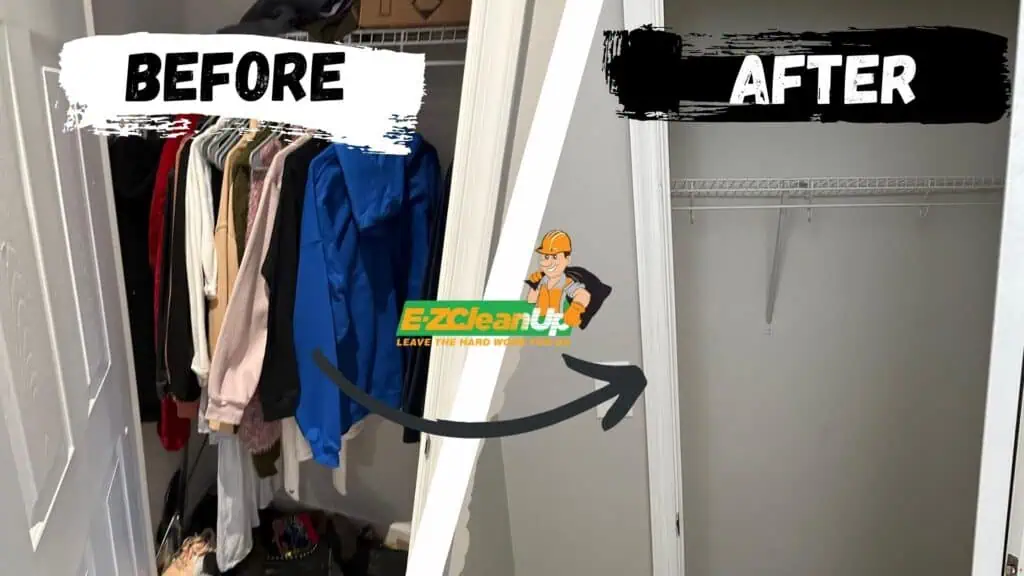
Practical Steps to Apply the Rule of 5
Start with Closets and Drawers
To declutter your closets and drawers, take a systematic approach:
- Sort Your Items: Organize your clothes and accessories into categories like tops, bottoms, and shoes. This helps you see what you have and identify items you haven’t used in years.
- Evaluate Each Item: Hold each item and think about its joy or usefulness. If it hasn’t been used in a year, consider letting it go.
- Improve Storage: Use slim, non-slip hangers and drawer dividers to save space and keep things organized. Clear boxes are great for shoes and seasonal items.
- Keep Up Good Habits: Try the “one in, one out” rule to prevent clutter. When you buy something new, donate something old.
- Check Regularly: Go through your closet every season to keep it up-to-date and remove items that no longer fit your needs or the season.

Organize by How Often You Use Things
Arrange your closet to make everyday items easy to reach:
- Prioritize Easy Access: Keep daily or weekly used items like work clothes and everyday wear front and center.
- Store Rarely Used Items Wisely: Place less frequently used items, like seasonal clothes, higher up or at the back of the closet.
- Rotate Seasonally: Shift your clothes according to the season for better accessibility.
- Use Efficient Tools: Double hang rods and slimline hangers maximize space. Use drawer dividers for small items.
- Label for Quick Finding: Label shelves and bins by use frequency and item type to help you find things quickly without messing up the order.
Balance Emotions and Practicality
When decluttering sentimental items, consider both your feelings and their usefulness:
- Understand Attachments: Recognize emotional ties. If an item brings more guilt than joy, it might be time to let it go.
- Assess Practical Use: Think about how often you use or look at the item. If it doesn’t fit your lifestyle or is rarely used, you might want to donate it.
- Create a System: Set aside a specific area for sentimental items. This limits accumulation and keeps them organized.
- Make Tough Choices: Focus on the quality of memories. Keep a few special items that best represent the memory and let go of the rest.
These steps help you maintain a clutter-free home while respecting your emotions and practical needs.
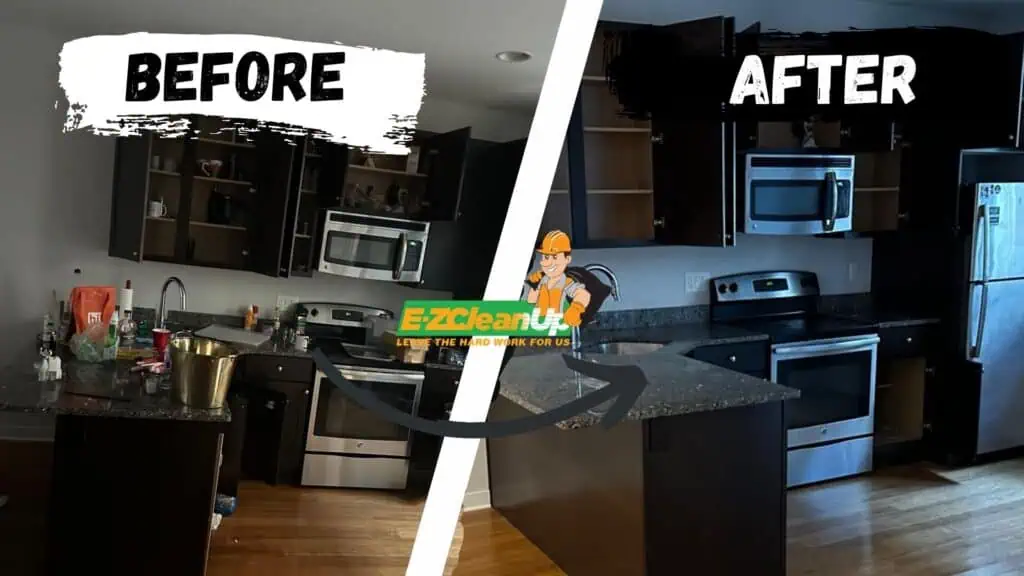
Room-by-Room Decluttering Using the Rule of 5
Tackling the Kitchen: Appliances and Utensils
Decluttering your kitchen using the Rule of 5 can significantly enhance the functionality and aesthetic of this vital space.
- Assess Usage: Begin by evaluating how frequently you use each appliance. If it’s been more than six months since you last used an item, it’s likely you don’t need it. This applies particularly to single-use appliances or those that have been superseded by more versatile tools like a multipurpose cooker.
- Declutter by Section: Break down the task by focusing on one area at a time, such as a drawer or a particular cabinet. This makes the process manageable and less overwhelming. Remove everything from the section, clean it, and then only return the items that you decide to keep.
- Minimize Duplicates: Kitchen spaces often harbor multiple versions of the same tool. Keep the best or your favorite one, and discard the rest. This simple action can free up a significant amount of space.
- Utilize Vertical Space: Implement storage solutions that maximize vertical space. Using wall-mounted racks or magnetic strips for knives and utensils can dramatically increase counter space and reduce clutter.
- Prioritize Accessibility: Arrange your kitchen so that frequently used items are easily accessible, while less frequently used items can be stored away. This simplifies your daily routine and keeps your counters and drawers neat.
By systematically applying these steps, you can transform your kitchen into a clutter-free zone that promotes efficiency and enjoyment in your cooking and meal preparation activities.
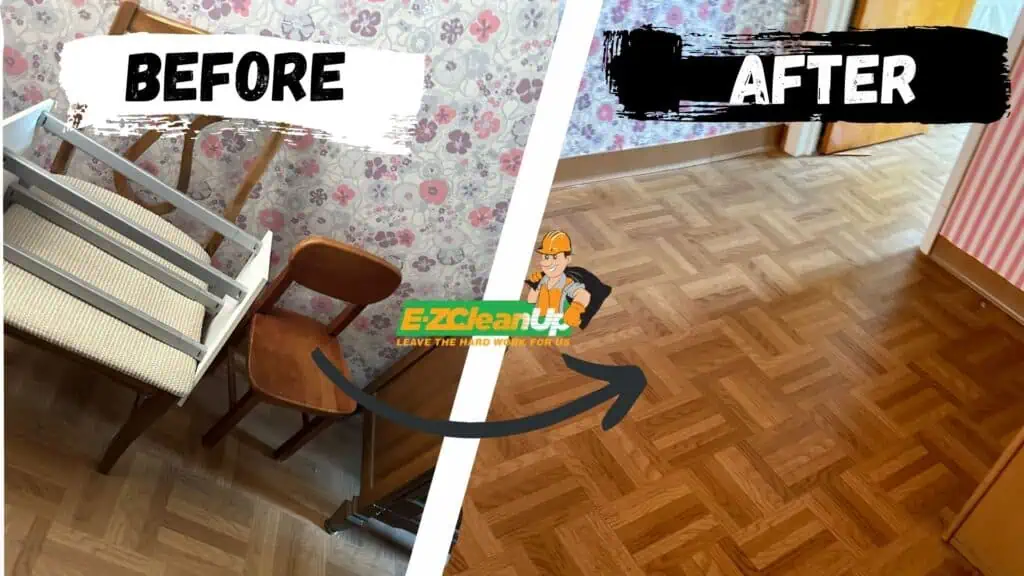
Managing the Living Area: Decor and Electronics
Decluttering your living area can transform it into a more peaceful and functional space. Here are effective strategies to manage decor and electronics efficiently:
Prioritize and Categorize
Begin by categorizing your items into frequently used and rarely used groups. Frequently used items should be easily accessible, while less used items can be stored away to reduce clutter.
This zonal approach ensures that everything has its place. It makes your living space more organized and less overwhelming.
Utilize Vertical Space
Make the most of vertical spaces to enhance the organization of your living area. Wall-mounted shelves, hooks, and racks can be used to store items off the floor, making the space feel larger and more open.
This is particularly useful for organizing electronics and their accessories, which can otherwise take up valuable floor space.
Digital Declutter
Don’t forget about digital clutter. Regularly review and organize digital devices and media. This includes tidying up cables and remote controls, using cable organizers, and ensuring all digital content, like movies and photos, is properly organized and backed up.
Regular Reassessment
Reassess your space regularly to ensure it remains decluttered. This involves checking if any new items have been added that need reorganization or if any existing items no longer serve a purpose and can be removed. This ongoing process helps maintain a clutter-free living area that is both inviting and functional.
Simplifying Bedrooms: Clothes and Personal Items
Transforming your bedroom into a clutter-free sanctuary involves a thoughtful approach to managing both clothes and personal items.
Evaluate Each Item
Start by assessing every item in your bedroom. For clothing, check if each piece fits well, matches your current style, and is in good condition. Ask yourself whether each item makes you feel confident and comfortable.
If a piece of clothing doesn’t fit or hasn’t been worn in over a year, it might be time to let it go. This also applies to personal items and decorations that no longer serve a functional or aesthetic purpose in your room.
Use Strategic Storage Solutions
Effective use of storage solutions can significantly reduce visual clutter. Consider using under-bed storage for items that are not frequently used, such as seasonal clothing or extra bedding.
Drawer organizers can help keep personal items neatly arranged and easily accessible. This maximizes space and reduces the time spent searching for items.
Implement a Mindful Approach
Adopt a mindful approach when deciding what to keep in your bedroom. Engage in a simple ritual of thanking each item for its service before letting it go, especially for items with sentimental value. This can make the process of parting with personal belongings less painful and more meaningful.
Maintain Decluttered Spaces
To keep your bedroom decluttered over time, establish routines such as making immediate decisions on whether to keep, donate, or discard items as you go. Regularly reevaluate what’s in your space to ensure it remains organized and functional.
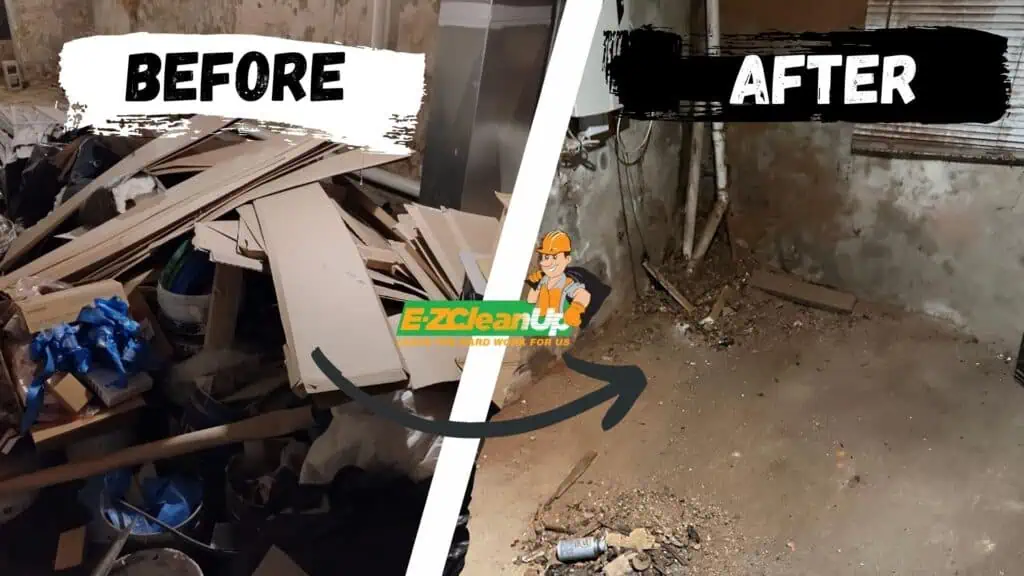
Overcoming Challenges with the Rule of 5
Here’s a look at the common challenges faced when decluttering and tips on how to approach them:
- Manage Emotional Items Thoughtfully: When decluttering sentimental items, ask yourself if it’s the memory or the item itself that’s important. This can help you decide whether to keep, donate, or repurpose it to fit your current life.
- Digitize to Declutter: For items like photos or papers, consider making digital copies. This keeps the memories alive without taking up physical space.
- Change Your Perspective: Remember, letting go of items doesn’t mean losing memories. It’s about making space for new experiences and improving your lifestyle.
- Seasonal and Seldom Used Items: Give seasonal items their own storage space to avoid overaccumulation. This keeps your area tidy and organized.
- Rotate Seasonally: Swap out clothes and decorations with the seasons. This keeps your space functional and makes seasonal items feel fresh each year.
- Maintain a Clutter-Free Home: Regularly review and declutter your space, whether monthly or seasonally. This prevents clutter from piling up and keeps your home manageable.
- Follow One-In, One-Out: When a new item enters your home, make sure an old one leaves. This balance helps prevent clutter from growing.
- Daily and Periodic Practices: Adopt habits like cleaning up right after activities and designating spots for daily use items. This helps maintain a tidy space and makes cleaning easier.
- Regular Reviews: Regularly assess your space to see what needs to go or be reorganized. This keeps your organization system effective and adapted to your needs.
- Embrace Minimalism: Embrace a minimalist approach by keeping only what you truly need. This simplifies maintenance, reduces stress, and enhances well-being.
These strategies help keep your home neat and promote a lifestyle that values simplicity and order.

Decluttering Just Got Easier
With the Decluttering Rule of 5, you’re well on your way to a neater, more functional living environment. As you sort through and categorize your belongings, EZ CleanUp is just a call away to assist with the larger cleanout tasks.
Our services include junk removal and demolition, and we even pay cash for junk cars. To simplify your decluttering project, get in touch with us!



